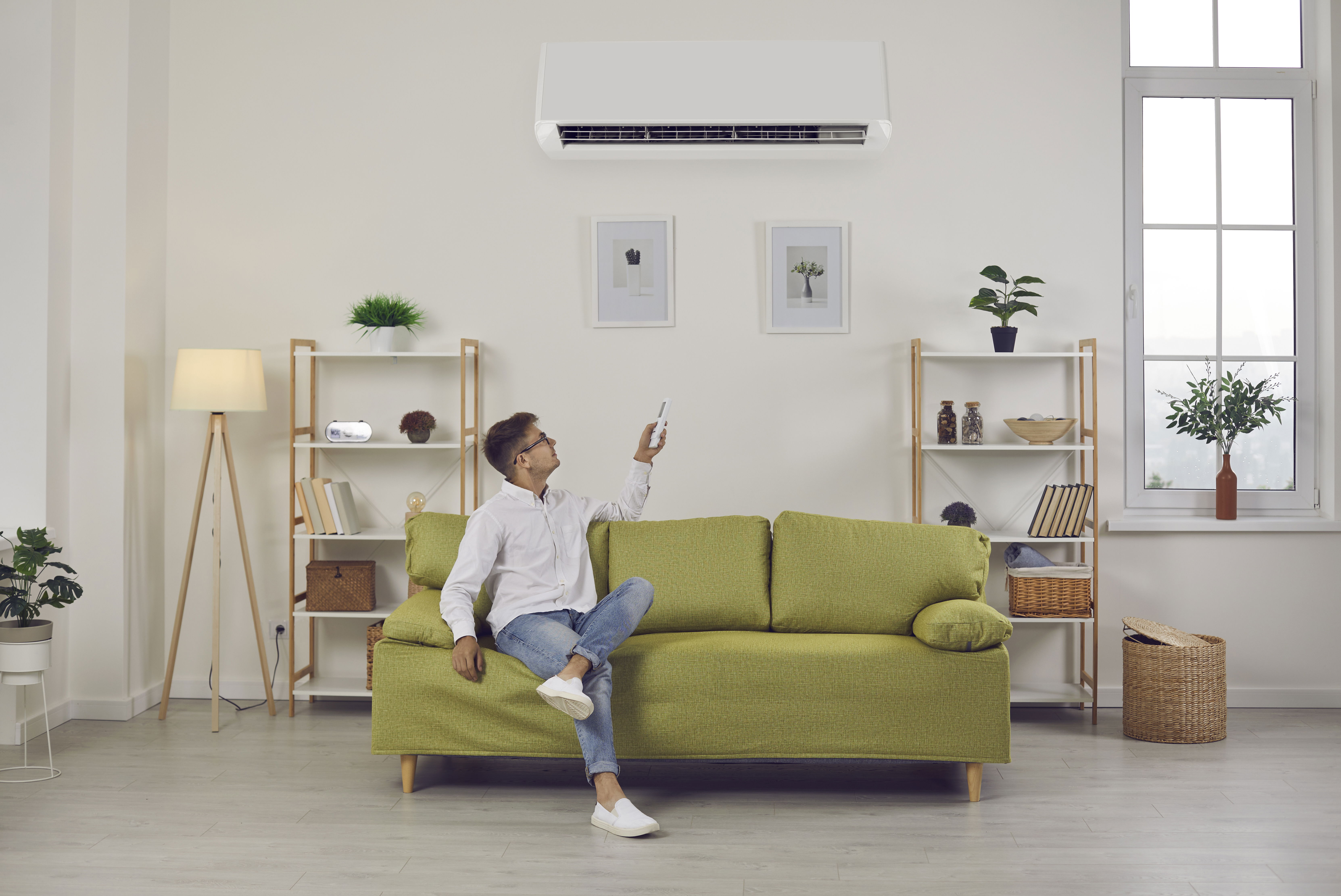Easy-to-Install Home Heating Alternatives in 2025 | Building Regulations Guide

Things have changed in the heating landscape. Gas boilers are becoming more redundant as main heating sources due to expense, making way for low-carbon heating solutions as the new norm.
If you’re looking to avoid the hassle or costs of a complete system overhaul, there’s encouraging news: heating your home doesn’t require a heating engineer or complicated plumbing anymore— so no dust, no noise and no unforeseen costs.
Welcome to the age of plug-and-play warmth. Whether you’re updating your home or a rental investment, renovating a studio, or simply planning for the future, here’s how to keep nice and warm stay compliant, and maintain control.
Electric Panel Heaters: Sleek, Silent, and Smart
These have become the top choice for zonal heating. Available as wall-mounted or freestanding options, they simply plug into a regular socket and provide instant warmth—no complications. They are particularly convenient for the zonal aspect.
You only need to switch them on in the room you’re using. You don’t have to fire up the boiler and turn down the radiators you’re not using.
Many include features like thermostats, timers, and app control. Make sure you buy something decent that complies with the British Standards and its job done.
Infrared Panels: Minimalist Design Meets Maximum Efficiency
What are they?
Infrared heaters circulate hot air via radiation, emitting heat directly to you and your surroundings. So instead of warming just the air, infrared heaters deliver an even spread of heat across a room, warming people and objects with an even warmth that feels comfortable, just like the radiative heat of the sun. These heaters convert almost 100% of the electricity they use and turn it into usable heat, providing some of the most economical and effective warmth for your property.
They’re designed to be slim, silent, and stylish—perfect for studios, garden rooms, or contemporary interiors. Just mount them on the wall or ceiling, plug them in, and experience low-energy comfort without bulky equipment. There’s a lot of choice, with some of the German designs being very good.

Oil-Filled Radiators, solid and timeless
They’re the original zonal heater, portable, safe, and whisper-quiet, oil-filled radiators are still probably one of the cheapest solutions out there. They’re ideal for guest rooms, temporary setups, or any space that needs dependable warmth without the hassle of installation. Simply plug one in, and you’re good to go.
Smart Convector Heaters: Big tech improvements
They suck in cold air and heat it, then redistribute it into the room. The app settings include scheduling, and energy monitoring, and many have eco features, switching from 1000 to 2000 watt outputs. They can be mounted or moved to suit your need and there are some very sleek modernistic designs out there these days.
When Professional Installation is Necessary
Some heating systems still call for the expertise of a professional. Gas boilers, heat pumps, and wet central heating installations involve certifications, pressure testing, and adherence to Part L of the Building Regulations. Though biomass stoves may be appealing for their off-grid appeal, they come with ventilation and planning requirements that aren't suited for DIY installation.
Prioritize Safety and Compliance
Plug-in electric heaters are a straightforward heating solution that don’t need building regulations approval. If you decide to hardwire your system, make sure to use a fused spur and verify your wall load ratings. It’s crucial to maintain proper clearance around any heaters and prioritize fire safety at all times. If you really want to be safe there’s never any harm in having a mini fire extinguisher on hand.
The Bottom Line
Heating your home in 2025 can be effortless and doesn’t have to involve major building renovations. With the right electric setup, you can achieve warmth, style, and compliance without needing an engineer. The great advantage of these systems is that they provide zonal control, energy efficiency, all in an easy plug-and-play format, controllable by a phone app. Many of the designs are sleek and modern, Whether you're considering a loft conversion, retrofitting a studio, or just looking to heat your space smarter, these upgrades are the way to go in 2025.